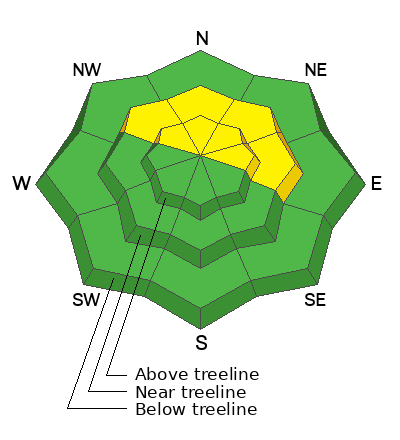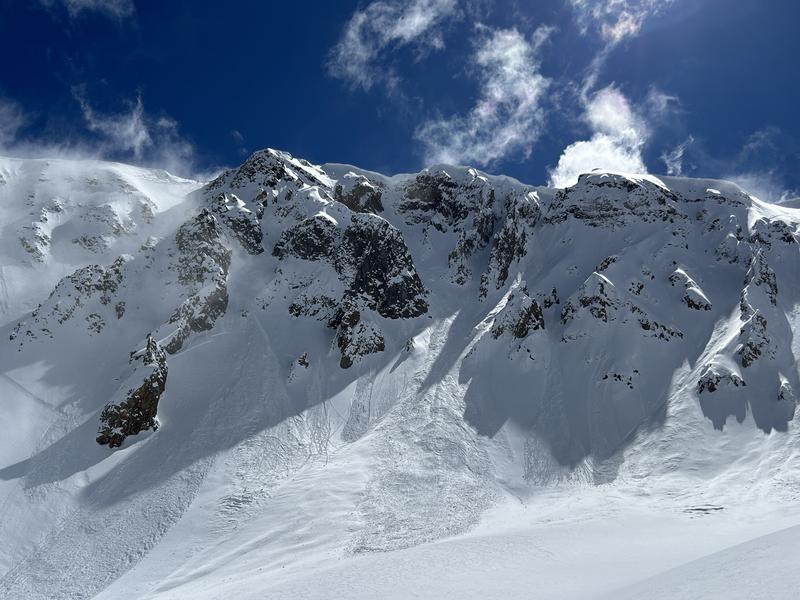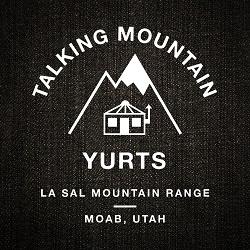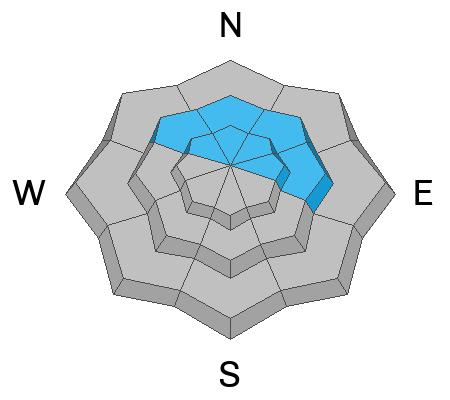Forecast for the Moab Area Mountains

Issued by Dave Garcia on
Wednesday morning, March 20, 2024
Wednesday morning, March 20, 2024
The avalanche danger is MODERATE. Although the likelihood is decreasing, it remains POSSIBLE to trigger avalanches in slabs of wind-drifted snow that formed during the storm on Friday and Saturday. These wind drifts exist near treeline and above on slopes that face NW-N-NE-E. If you are seeking bigger objectives, evaluate each slope carefully.
In isolated areas on northerly aspects near treeline and below, weak faceted snow exists two feet below the surface. The distribution of this layer is spotty at best, but it deserves to be on your radar today.

Low
Moderate
Considerable
High
Extreme
Learn how to read the forecast here







